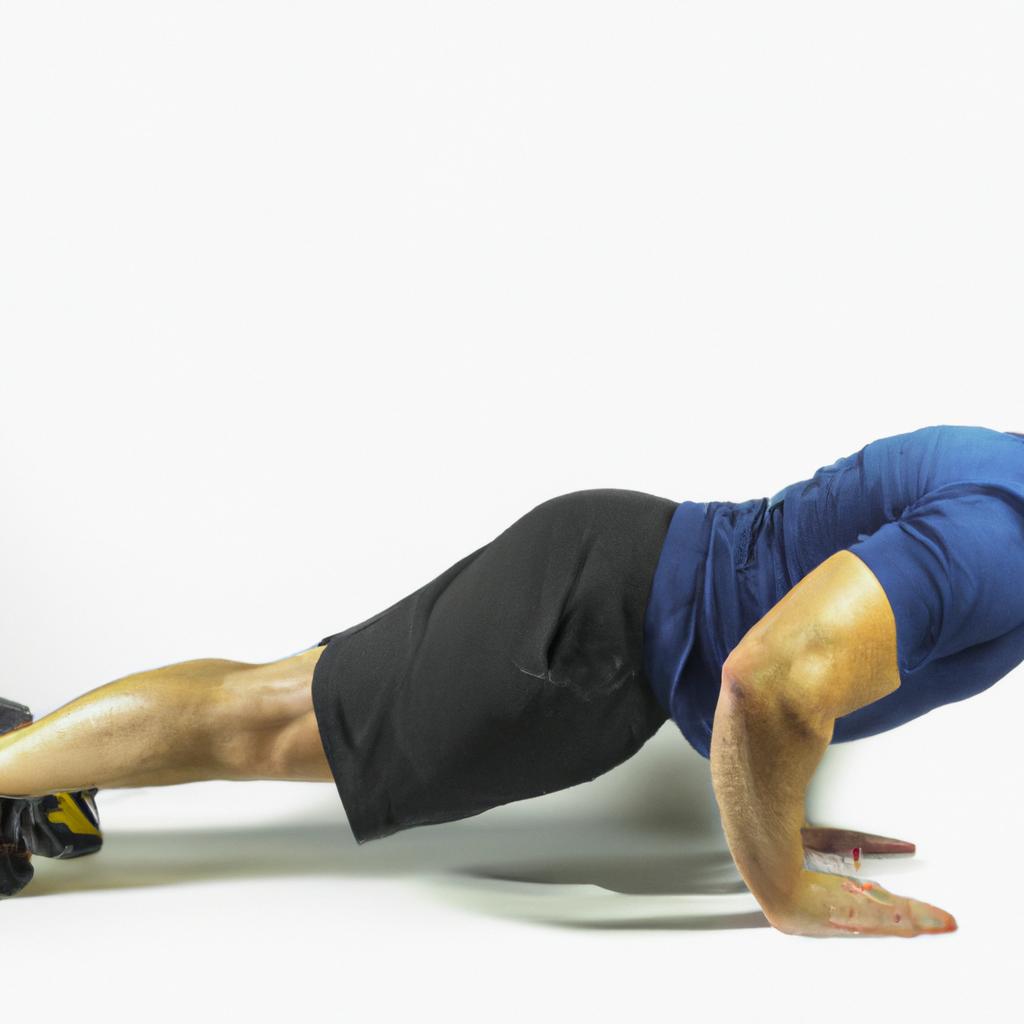**”Functional Training for Injury Prevention: The Role of Core Stability in Enhancing Athletic Performance and Reducing Injury Risk”**
# Functional Training for Injury Prevention: The Role of Core Stability in Enhancing Athletic Performance and Reducing Injury Risk
In the ever-evolving landscape of athletic training, functional training has emerged as a cornerstone for optimizing performance and minimizing injuries. At the heart of functional training lies a critical component that often goes overlooked: core stability. This blog post will explore how core stability contributes to enhanced athletic performance, the role it plays in injury prevention, and provide actionable advice on nutrition and exercises to support a stable core.
## Understanding Core Stability
Core stability refers to the ability of the muscles in your abdomen, lower back, pelvis, and hips to work in harmony to stabilize your spine and pelvis during movement. A strong, stable core is essential for athletes across all sports as it supports efficient movement patterns, maintains balance, and allows for the effective transfer of power from the lower body to the upper body.
### The Connection Between Core Stability and Athletic Performance
A stable core serves as a solid foundation for virtually all physical activities. Whether you’re sprinting on the track or swinging a tennis racket, a strong core ensures that the force generated by your legs is effectively transmitted to your upper body. This translates to improved speed, agility, and overall performance in athletes. Furthermore, a stable core allows for better posture and alignment, which can enhance endurance and reduce fatigue during prolonged activities.
### Injury Prevention Through Core Stability
Injuries, particularly those involving the lower back, knees, and shoulders, can often be traced back to a lack of core stability. A weak core can lead to improper movement patterns, resulting in increased strain on joints and muscles. By reinforcing core stability, athletes can improve their body mechanics, allowing for smoother, more efficient movements that reduce the risk of injury.
Research indicates that athletes with higher levels of core stability are less prone to injuries. A study published in the *Journal of Sports Rehabilitation* found that athletes who engaged in core stability training experienced significantly fewer injuries than those who did not. This underscores the importance of integrating core stability exercises into any functional training regimen.
## Nutrition Tips for Core Stability
While exercise is vital for improving core stability, nutrition also plays a crucial role in supporting muscle function and recovery. Here are some essential nutrition tips to enhance your core stability training:
1. **Hydration**: Staying well-hydrated is paramount for optimal muscle function. Dehydration can lead to muscle cramping and decreased performance. Aim for at least 8-10 glasses of water daily, and more if you’re engaging in intense training.
2. **Balanced Diet**: Incorporate a variety of whole foods into your diet, including lean proteins, healthy fats, and complex carbohydrates. Foods rich in omega-3 fatty acids (like salmon and walnuts) can help reduce inflammation and support recovery.
3. **Protein Intake**: Protein is essential for muscle repair and growth. Aim for 1.2 to 2.0 grams of protein per kilogram of body weight daily, depending on your training intensity. Sources include chicken, fish, legumes, and plant-based proteins.
4. **Micronutrients**: Don’t overlook vitamins and minerals! Nutrients such as magnesium, calcium, and vitamin D are crucial for muscle function and recovery. Leafy greens, dairy products, and fortified foods can help you meet these needs.
## Exercise Advice for Core Stability
Incorporating specific exercises into your training routine can significantly improve core stability. Here are a few effective exercises:
### 1. Plank Variations
The plank is one of the most effective exercises for building core strength. Start with a basic plank, ensuring that your body forms a straight line from head to heels. Hold for 20-30 seconds and gradually increase the duration. Once you master the basic plank, try variations like side planks and plank rotations to target different muscle groups.
### 2. Dead Bugs
This exercise engages the deep core muscles while promoting coordination. Lie on your back with your arms extended towards the ceiling and knees bent at 90 degrees. Slowly lower your right arm and left leg towards the floor while keeping your lower back pressed into the ground. Return to the starting position and alternate sides.
### 3. Bird-Dogs
The bird-dog exercise helps improve balance and stability. Start on all fours with your hands under your shoulders and knees under your hips. Extend your right arm forward and left leg back simultaneously, keeping your core engaged. Hold for a few seconds, return to the starting position, and switch sides.
### 4. Medicine Ball Exercises
Incorporating a medicine ball into your training can add an element of instability, further challenging your core. Exercises like medicine ball twists and slams can enhance rotational strength and stability, which is crucial for many sports.
## Health Benefits Beyond Performance
Improving core stability through functional training not only enhances athletic performance but also provides numerous health benefits. A stable core can lead to improved posture, reduced back pain, and increased overall strength. Moreover, a strong core can enhance daily functional movements, making everyday tasks easier and safer.
## Conclusion
In summary, core stability is a crucial element of functional training that enhances athletic performance and reduces the risk of injury. By understanding the connection between core stability and movement efficiency, athletes can make informed choices about their training and nutrition. Incorporating core stability exercises into your routine, alongside a balanced diet, can lead to improved performance, reduced injury risk, and a healthier lifestyle. Embrace the power of a strong core and unlock your full athletic potential!















Post Comment